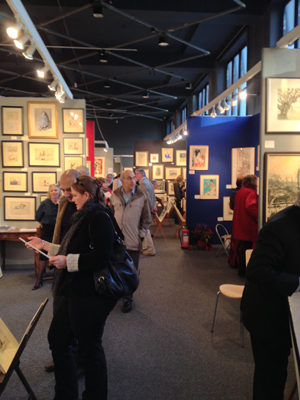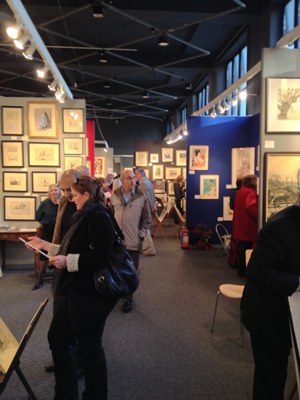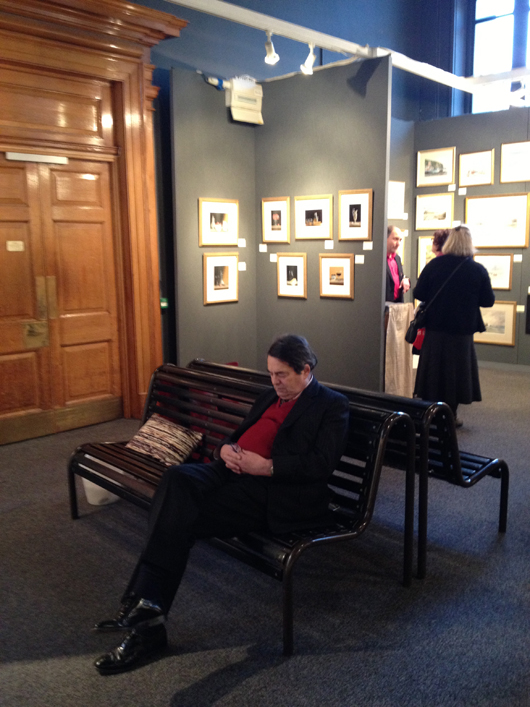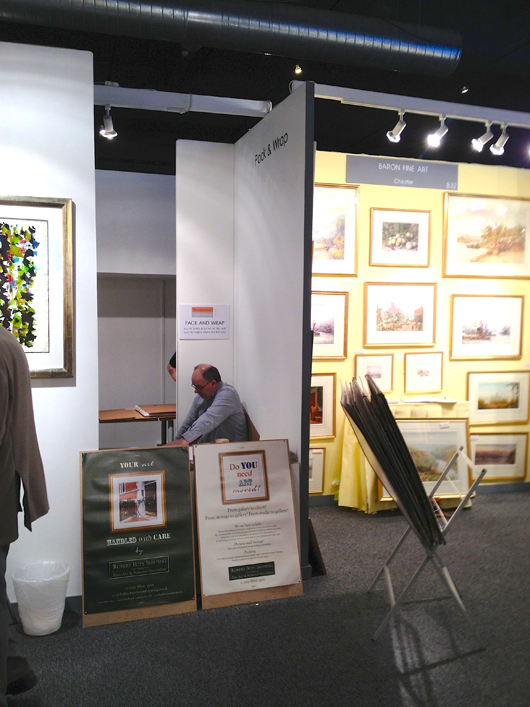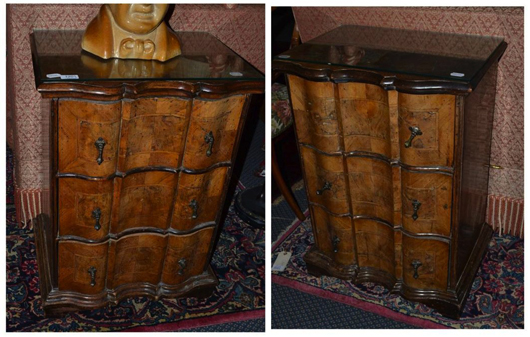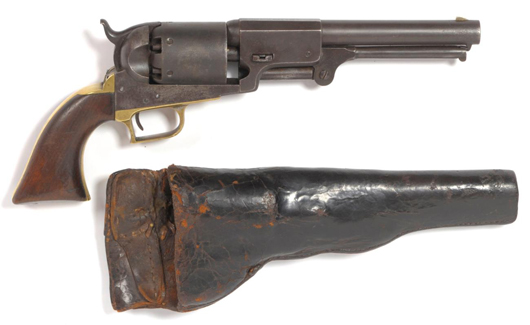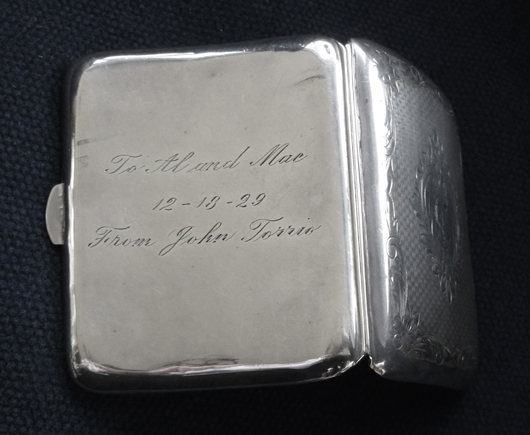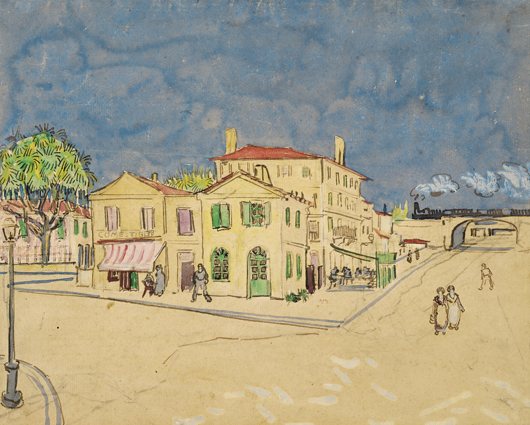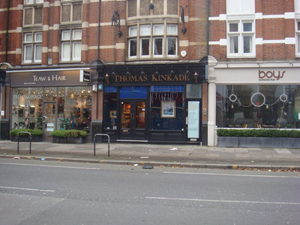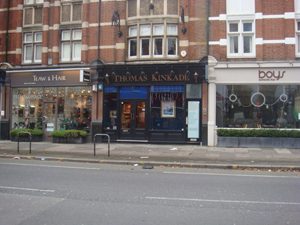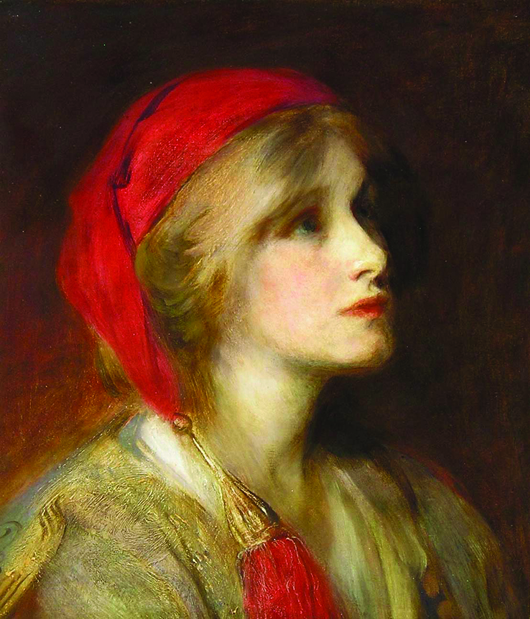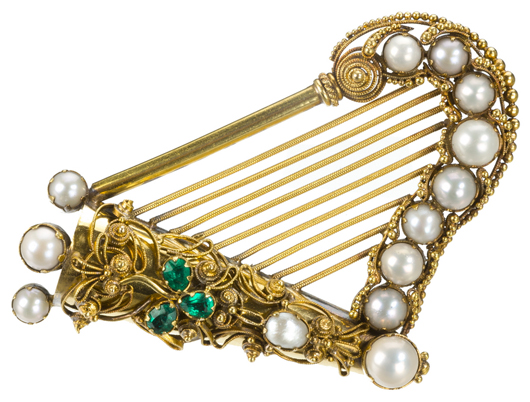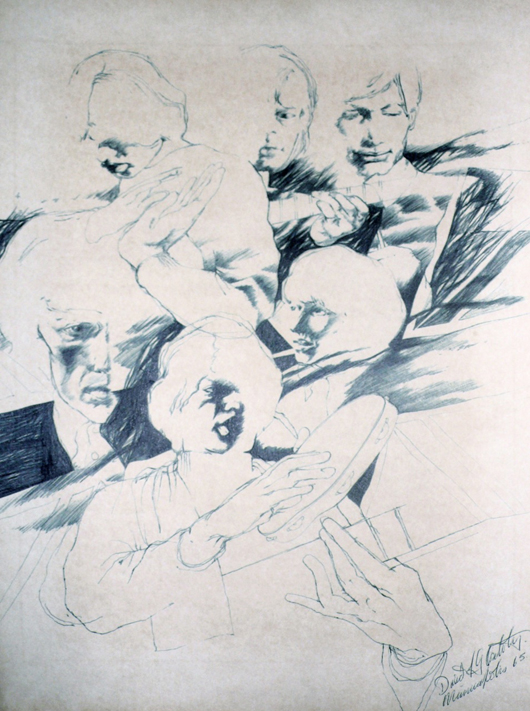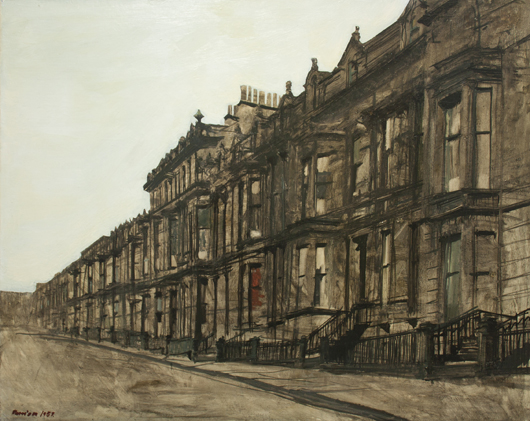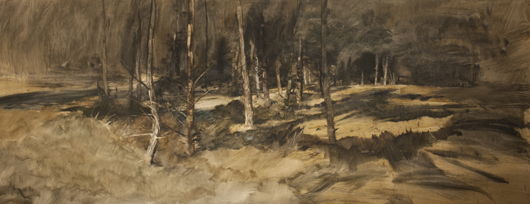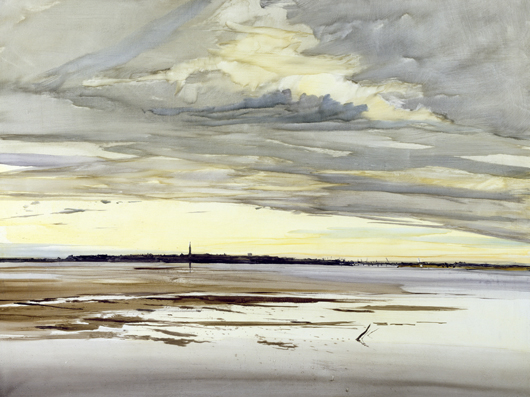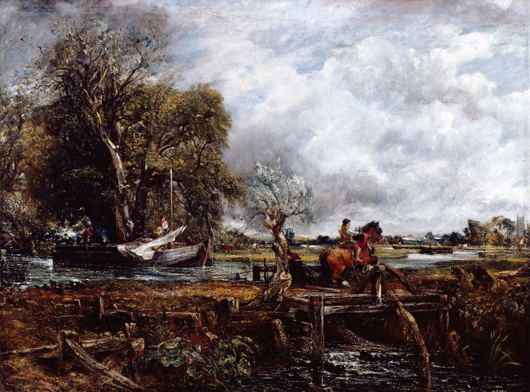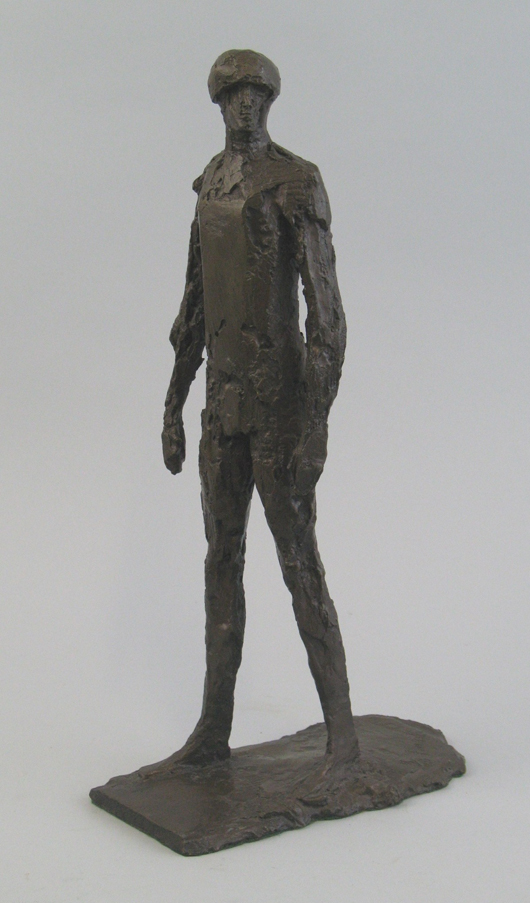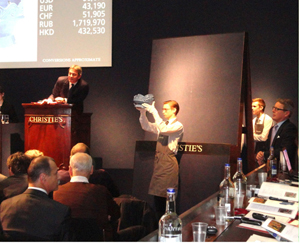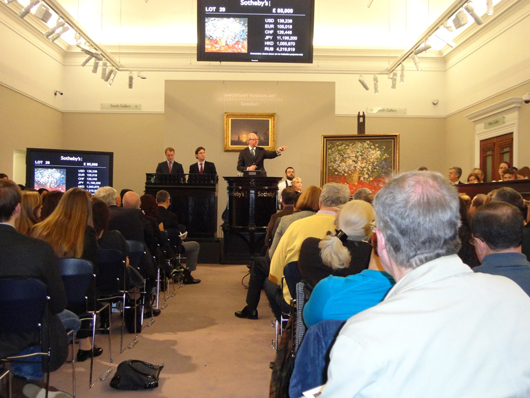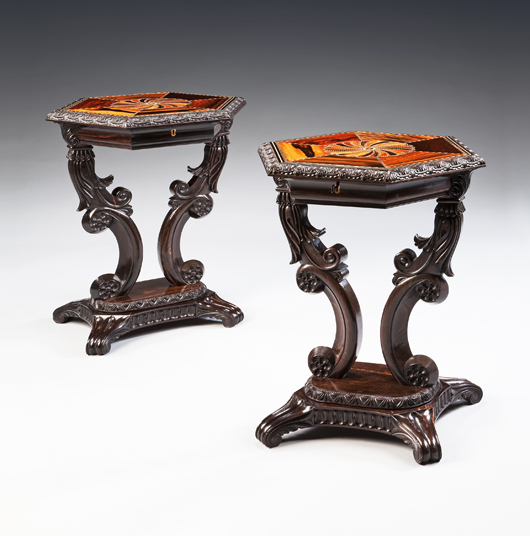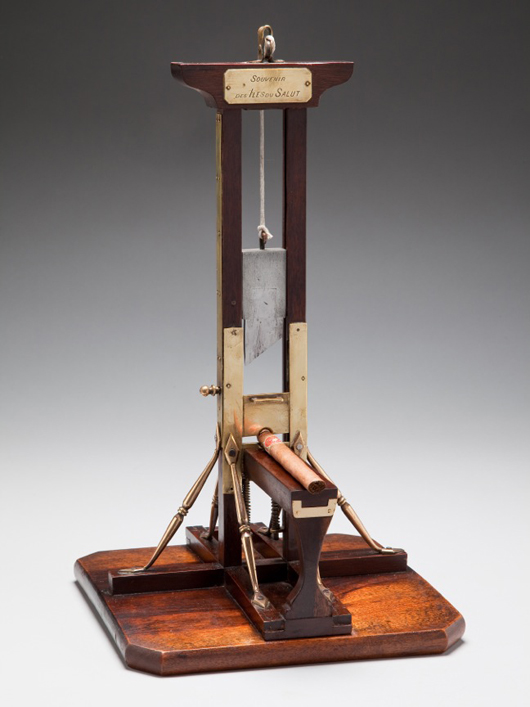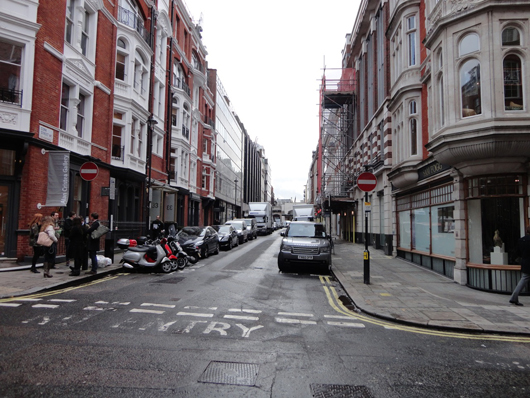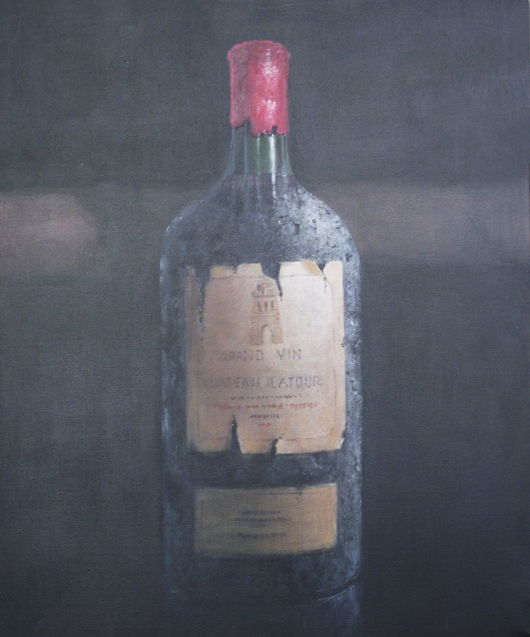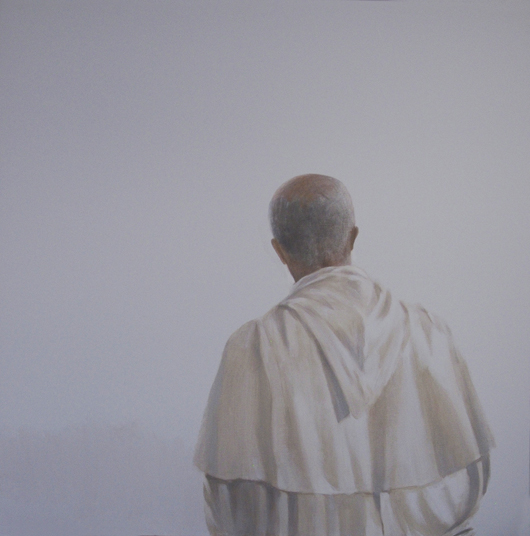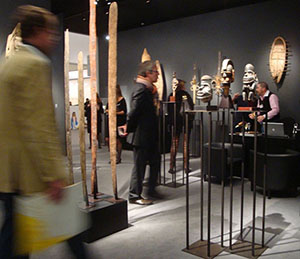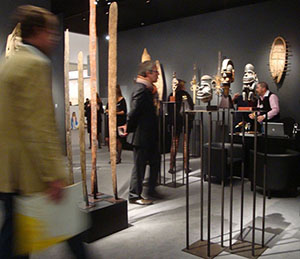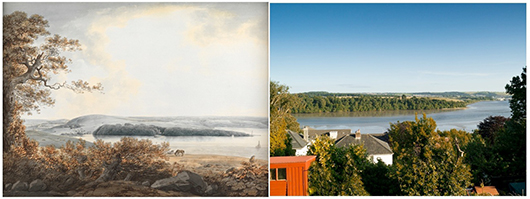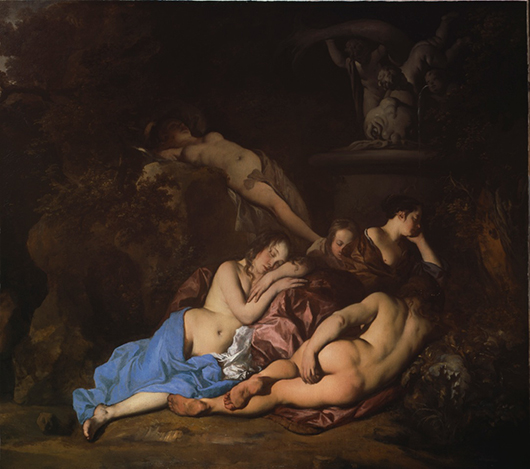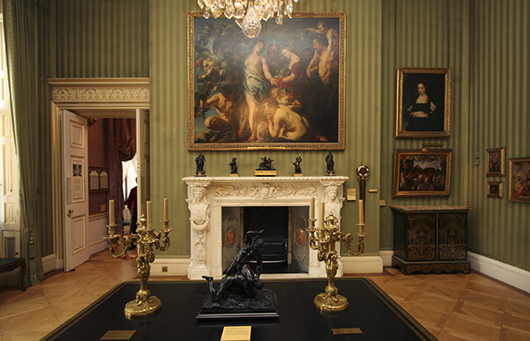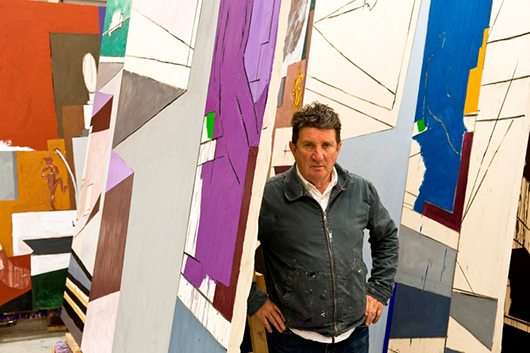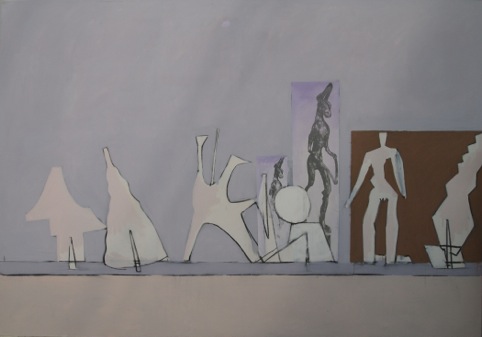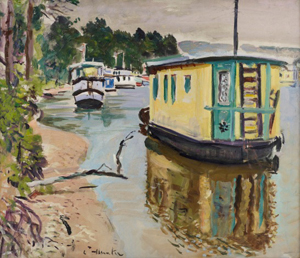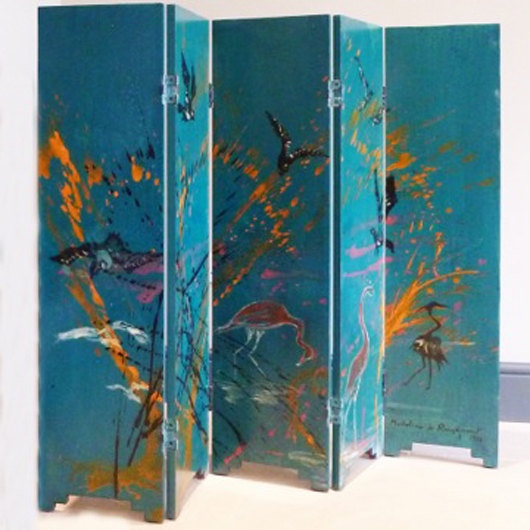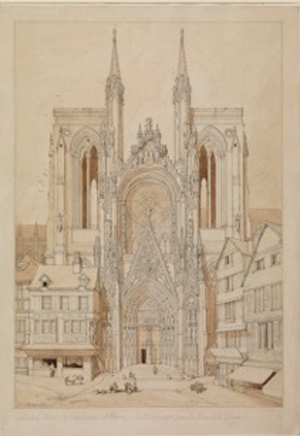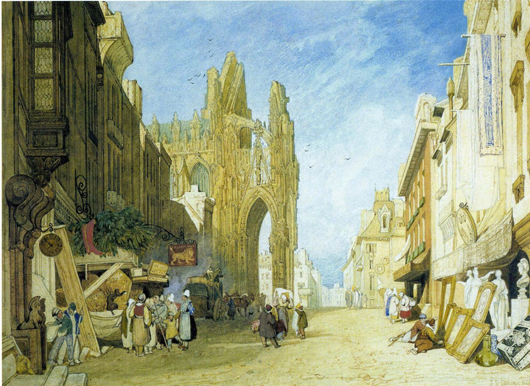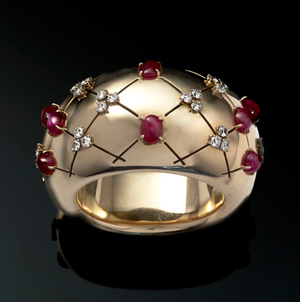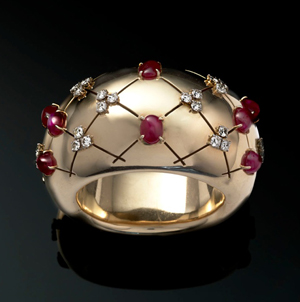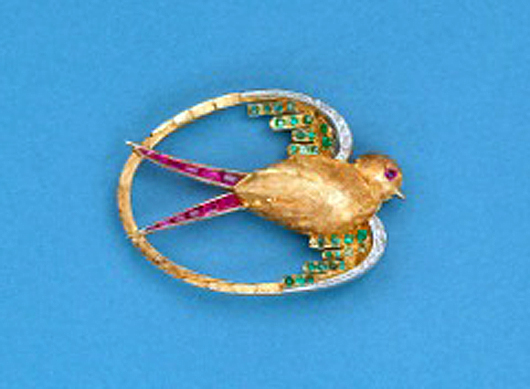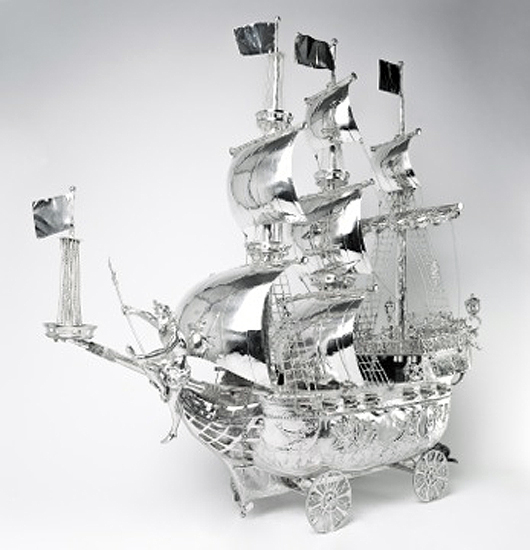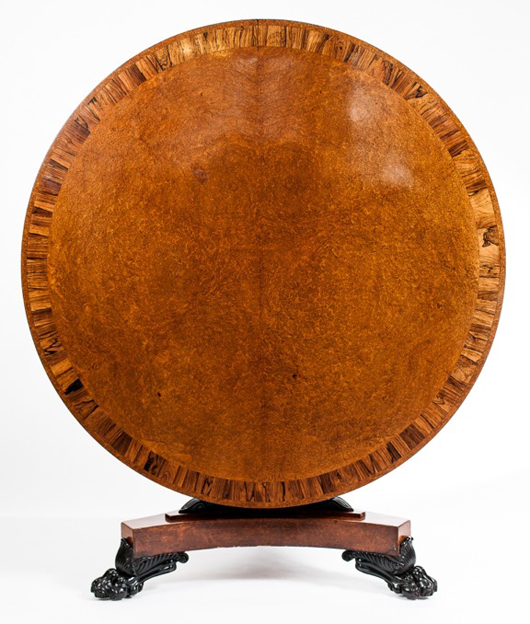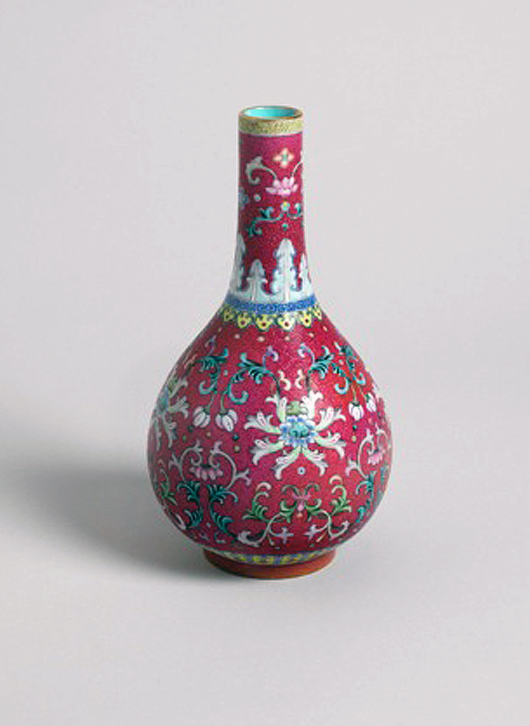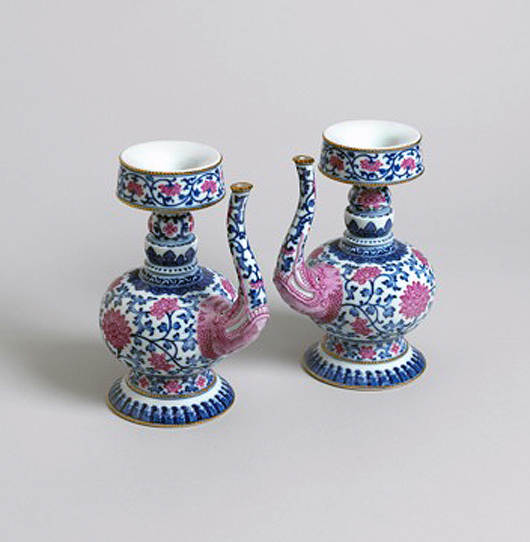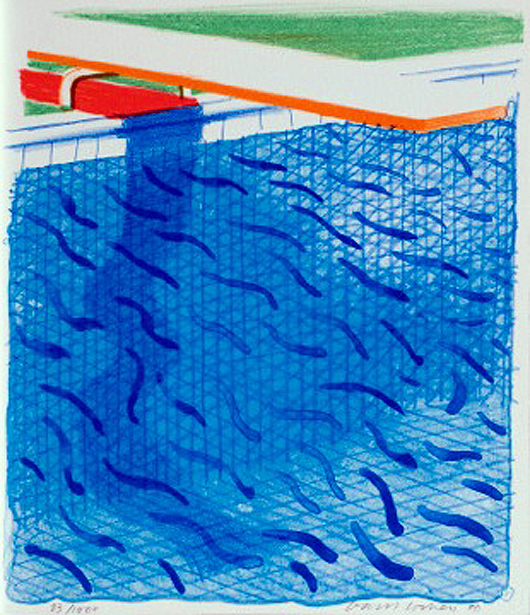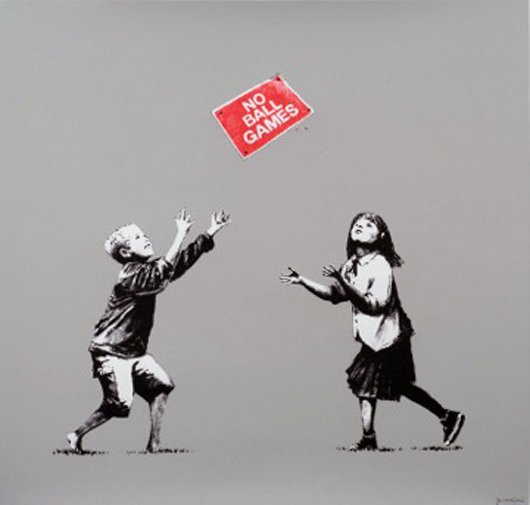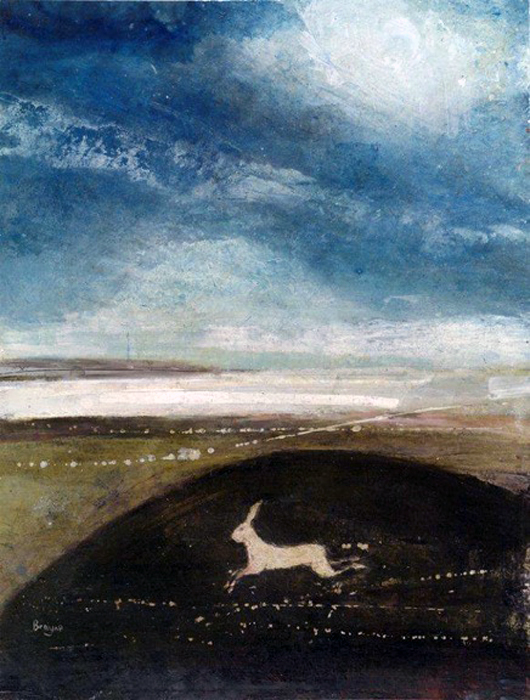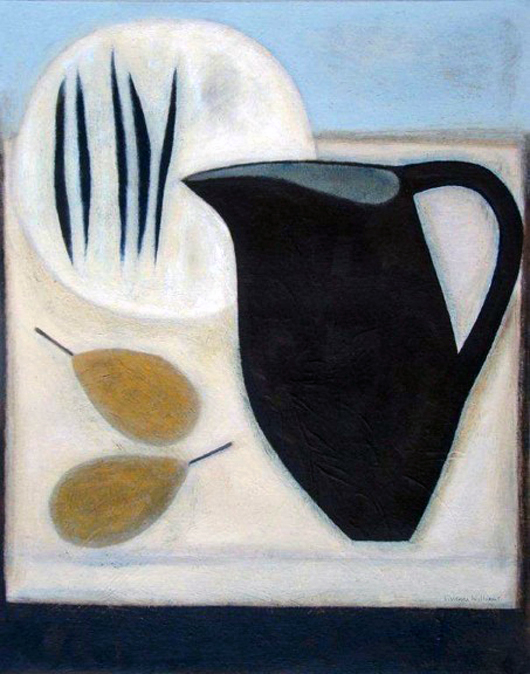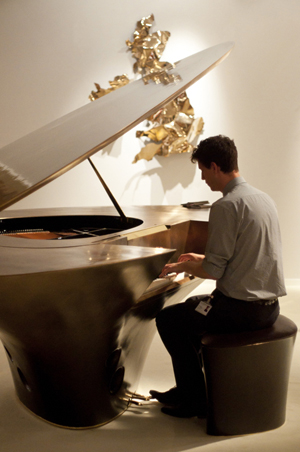
It is June in London and, as on every other day in what is now nostalgically referred to here as summer, it is raining. This is not appreciated by the thousands of overseas visitors flocking to the capital to enjoy its numerous tourist attractions. But for those heading to the Masterpiece Fair, held in an enormous architectural marquee in the grounds of the Royal Hospital in fashionable Chelsea, it is a good excuse for spending a few hours gazing at museum-quality works of art, Maserati motor cars, Riva power boats, and other high-ticket luxury goods. 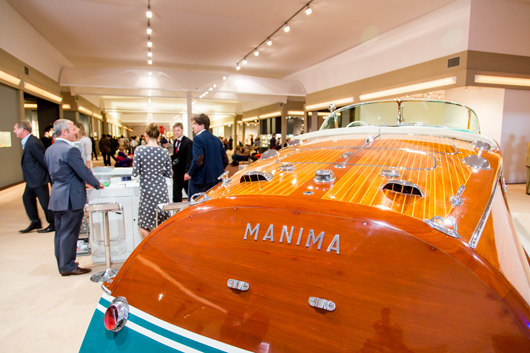
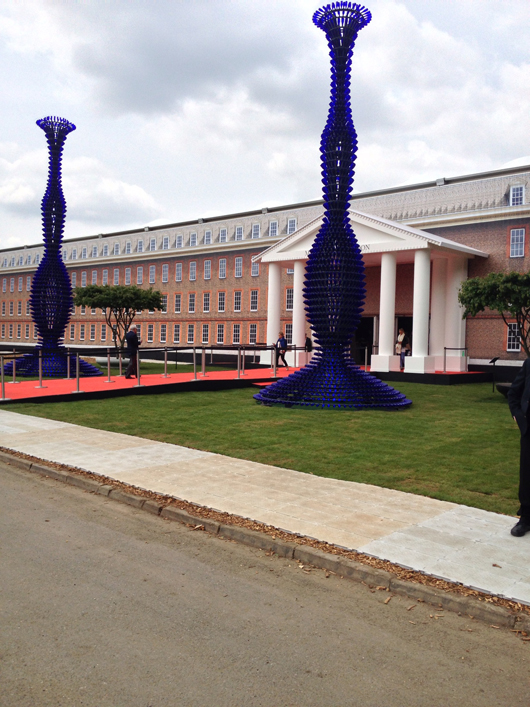
Masterpiece is a modest version of Maastricht’s much grander European Fine Art Fair (TEFAF), but is nevertheless one of the most important events in the London art and antiques calendar. It is difficult to get an accurate picture of how successful these fairs are each year since dealers understandably tend to put a positive spin on how much business they are doing, even if they are doing none at all. The best way to judge the viability of a fine art fair is whether it survives in the longer term. Masterpiece is now in its fourth year, which would suggest that the model works. However, the word among exhibitors was that around 40 major dealers had elected not to appear this year, perhaps as a result of the significant increase in stand rents. The organizers therefore had to work hard to find newcomer replacements.
One dealer in European polychrome sculpture who was appearing for the second time described the stand fees as “shockingly expensive,” while another firm specializing in Russian works of art chose not to come at all this year. Their representative told Auction Central News: “Last year’s stand rental of £50,000 has been increased to £65,000 this year, which we cannot afford.” Others keep coming, however, despite not doing any business. Mayfair-based 19th-century picture dealers Stair Sainty were appearing for the third year, but director Stair Sainty said, “We are virgins. In three years we have yet to make a sale at this fair.” He was hoping to find a buyer for an important work by Delaroche, Les Enfants d’Edouard,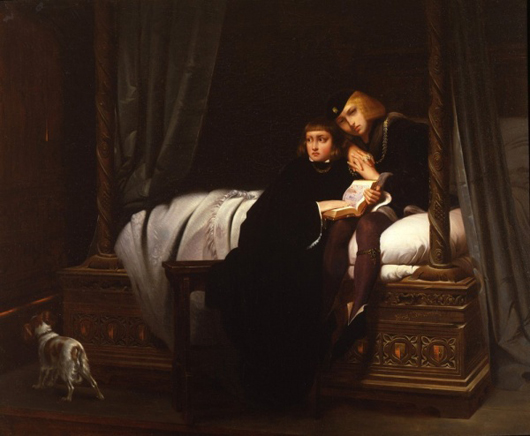
Some business was, however, being done. Philip Mould, London’s specialist dealer in Old Master portraits, sold an important Nicholas Hilliard miniature, known as The Cholmondely Hilliard, a portrait of An Unknown Woman of the Tudor Court, for £200,000 ($304,250), while London sculpture dealer Robert Bowman sold two works by Modern British sculptor Kenneth Armitage and a 1982 Henry Moore, Head of Horse, for £35,000 ($53,250).
Peter Osborne of Bruton Street-based Modern British dealers Osborne Samuel also spoke positively. “You have to bring the right things to a fair like this. You need to bring masterpieces to Masterpiece if you want to do well.” He claimed to have sold classic works by Modern British sculptors Lynn Chadwick and Henry Moore and a major work by Frank Auerbach. The Fine Art Society sold a large sculpted granite head by Emily Young, which was the centerpiece of the fair’s champagne-bar piazza. The price was £120,000 ($182,500). 
These results are surely a slightly more reliable index of the value of a fair like Masterpiece than the celebrity factor, which, predictably perhaps, grabs all the media headlines. Sarah Jessica Parker, Uma Thurman and former Roxy Music crooner Bryan Ferry were among the luminaries present at the glitzy preview evening, although whether Ferry chose to sing a few tunes to the accompaniment of the Twist Piano on the stand of London contemporary design atelier, Based Upon, remains unconfirmed. The piano, which was played by a gifted young pianist throughout the fair, was one of the star attractions, providing a relaxing and eye-catching diversion for visitors.
With the right forward planning, events like Masterpiece can be a launch pad for more ambitious partnerships. Auction Central News was present for the evening party staged by the Fine Art Asia Fair in the Hong Kong Pavilion stand.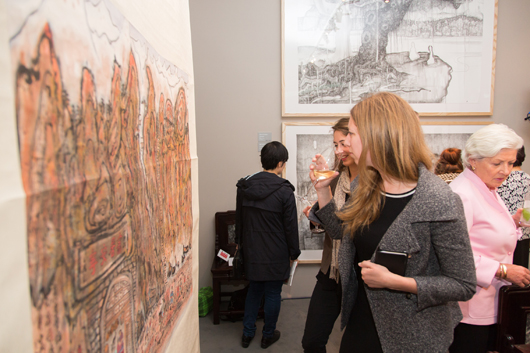
Works on display at the Pavilion included some exquisite sculptural objects in Canadian maple and bronze by architect designer Chi Wing Lo (born 1954), brush paintings by Lue Shou Kwan (1919-1975) and contemporary sculpted metal garments by acclaimed Hong Kong artist Man Fung-Yi (born 1968).
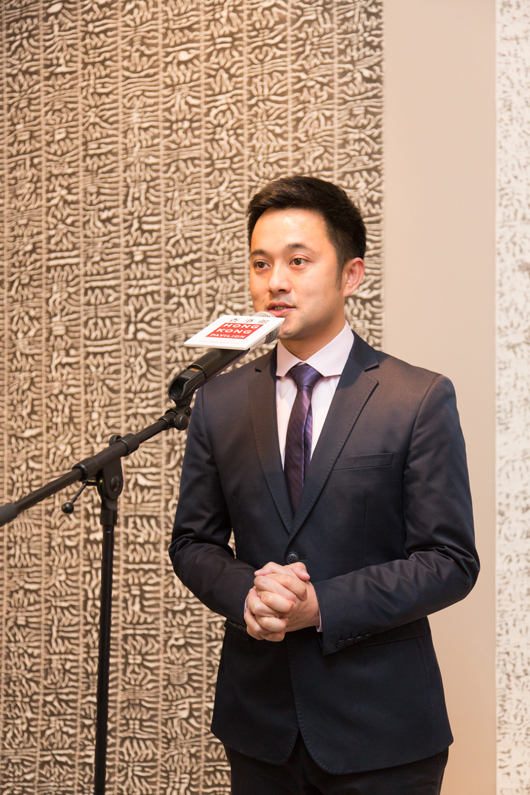
The connection between the London and Asian art markets was reinforced elsewhere this month with the announcement that London’s leading dealers in Asian art, Eskenazi Ltd., have appointed Sara Wong as a director of the company. 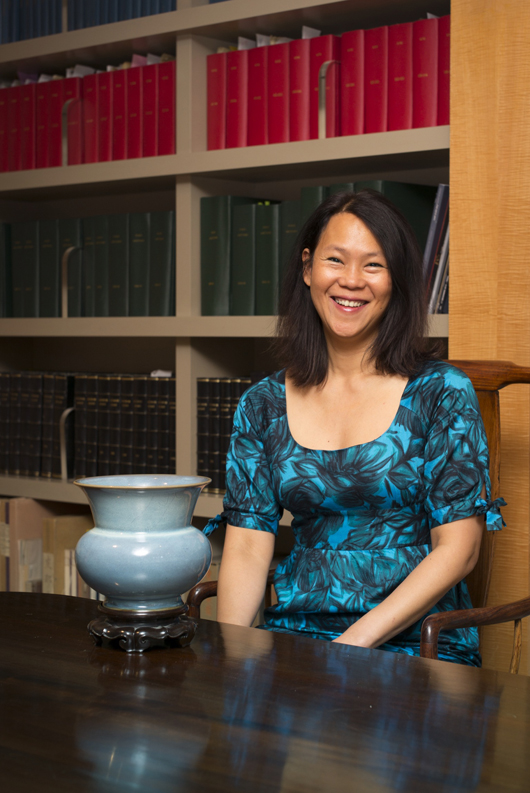
Turning to the London European fine art scene, this week saw the unveiling of another major sculpture by acclaimed British artist Helaine Blumenfeld, now widely recognized as the most significant sculptor of her generation. Blumenfeld’s works are in important public and private collections around the world, but the UK has recently been catching on to the appeal of her extraordinary large-scale works in marble, which are fabricated by a team of skilled artisans in Pietrasanta, Tuscany to Blumenfeld’s designs. The latest work to find a London home is her 4-meter-high Spirit of Life,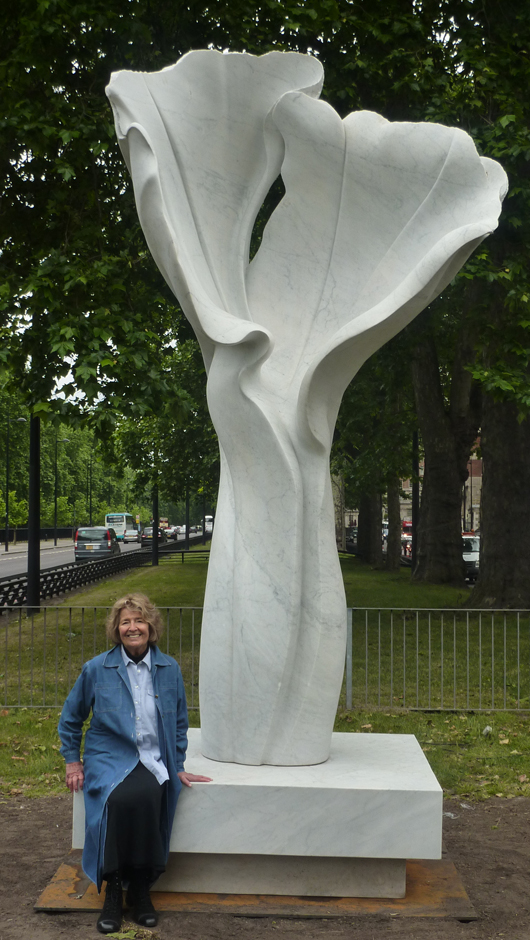
Finally, a notable event in the world of painting this month was the announcement that London-born painter Thomas Newbolt has been awarded first prize in the 2013 Ruth Borchard Self-Portrait competition.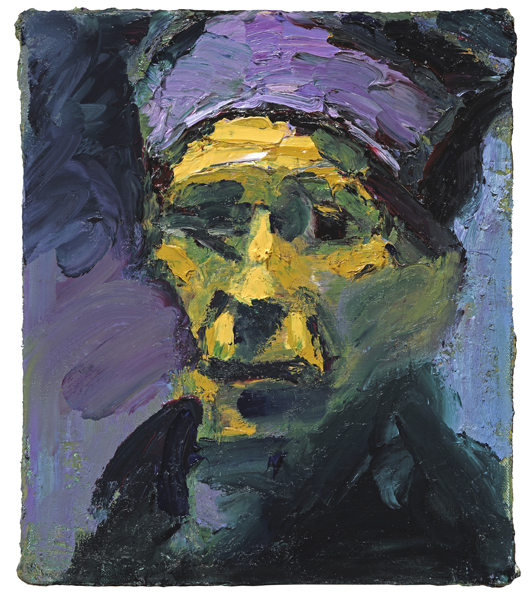
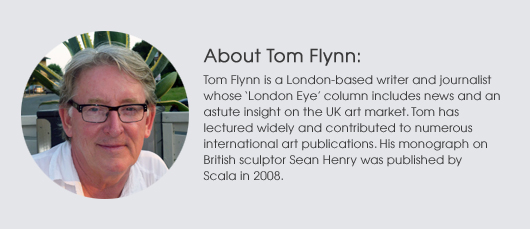


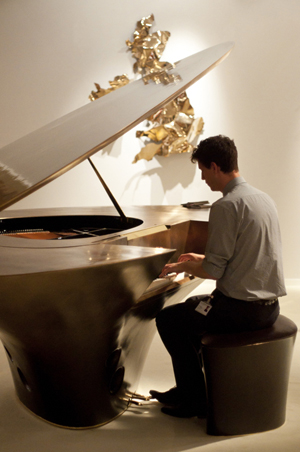
_lead.jpg)
_lead.jpg)
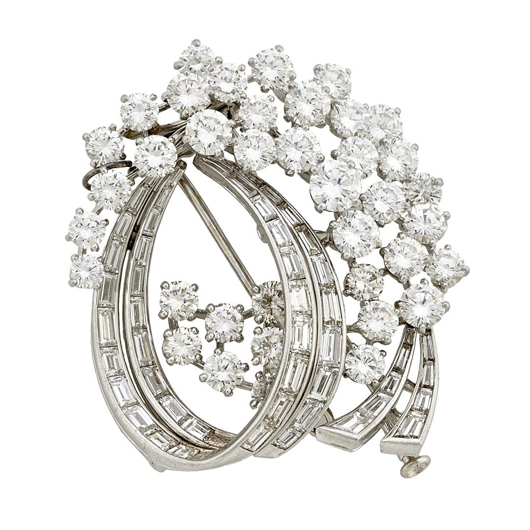
.jpg)
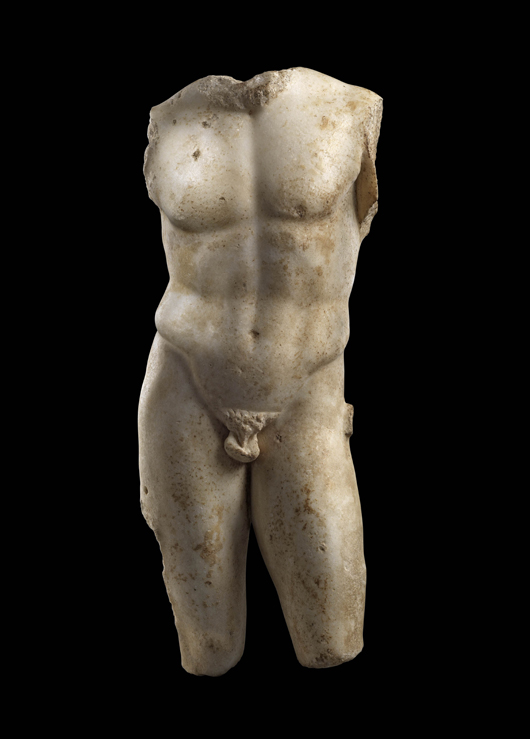
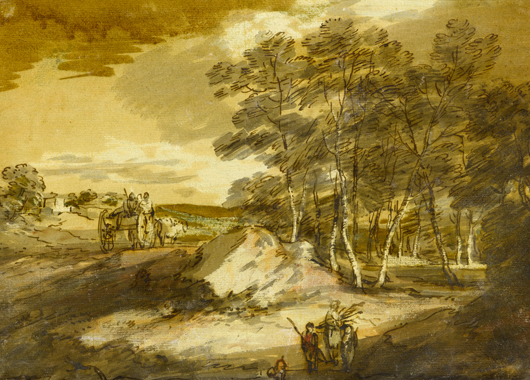
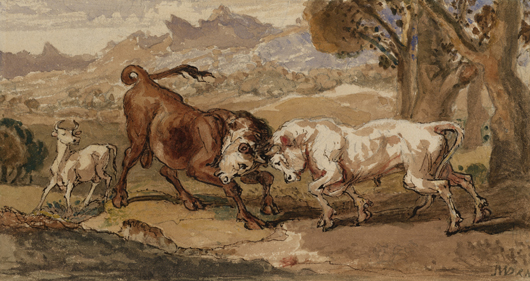
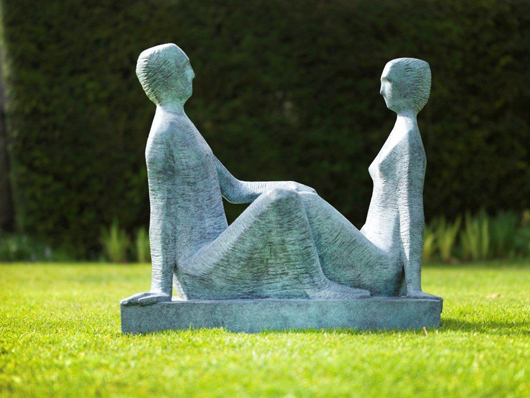
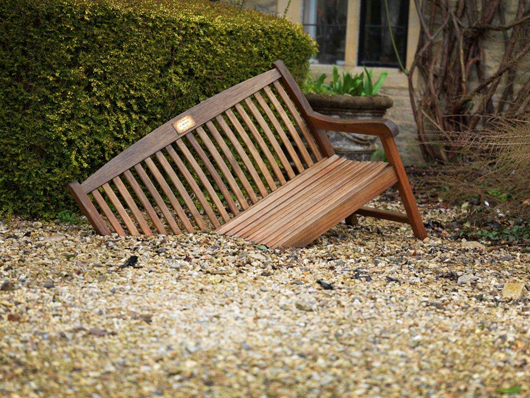
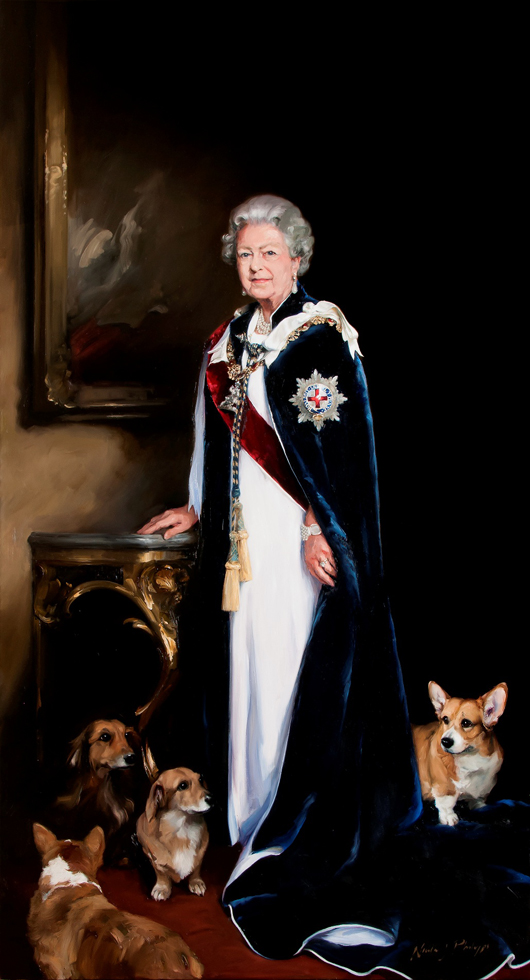
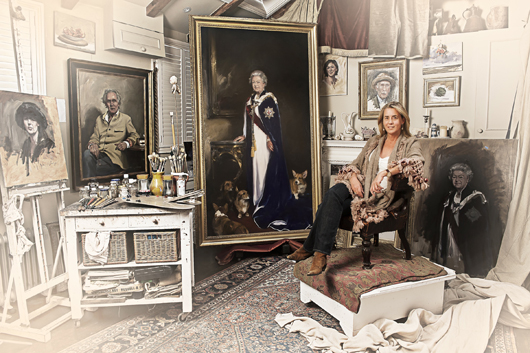
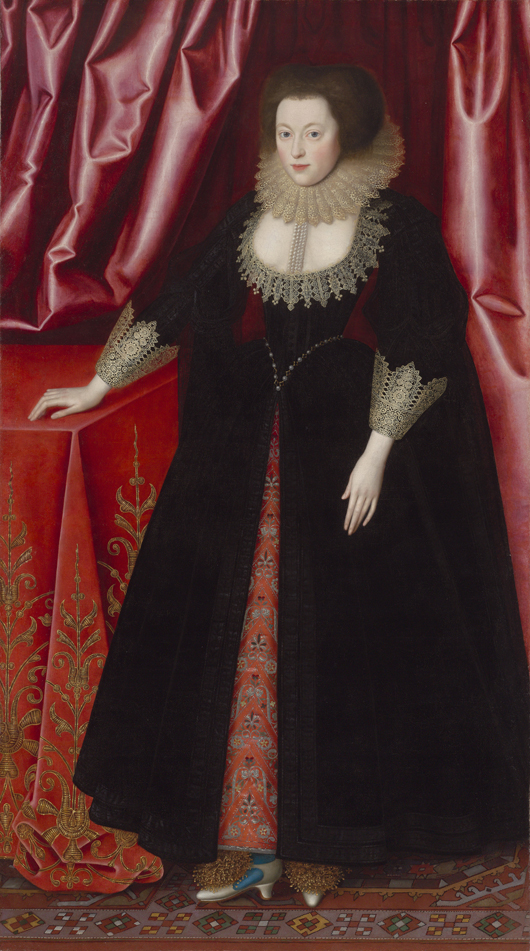


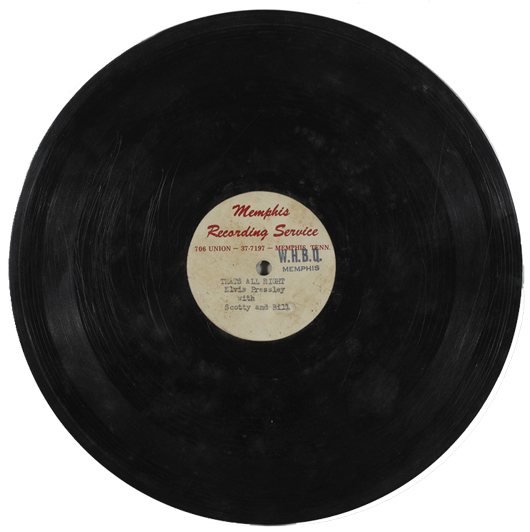
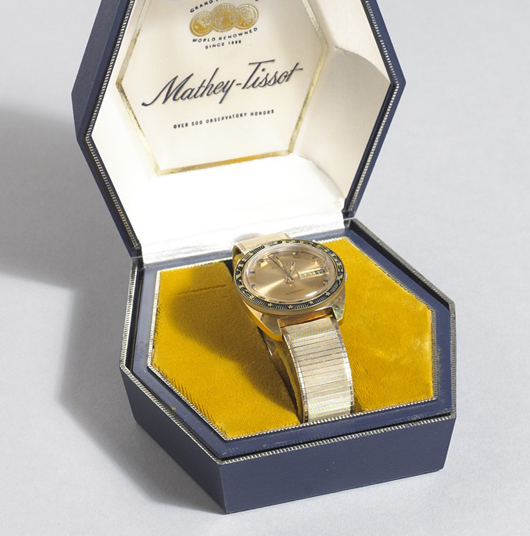
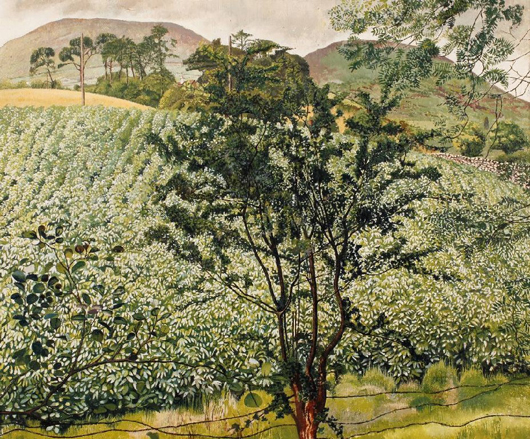
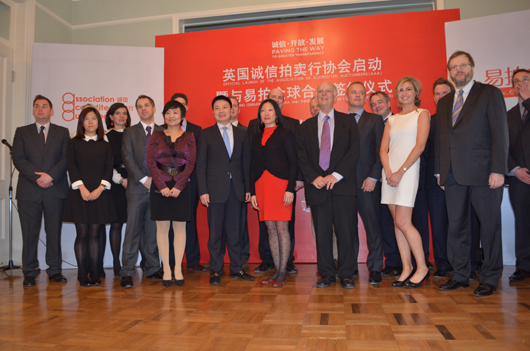


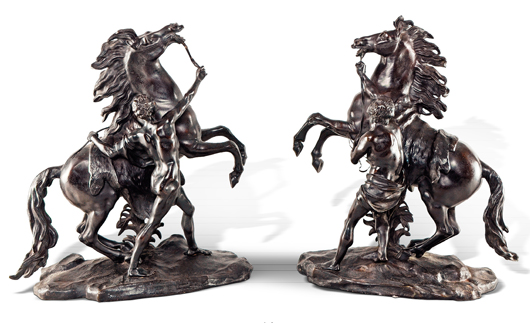

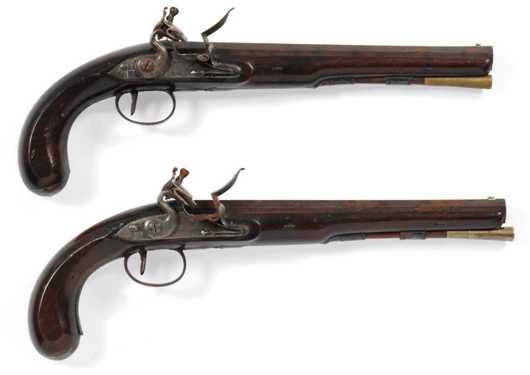
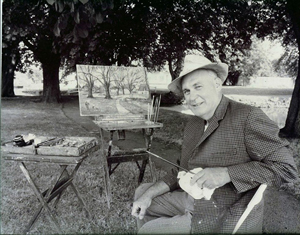
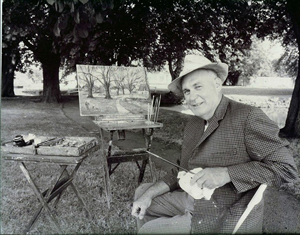
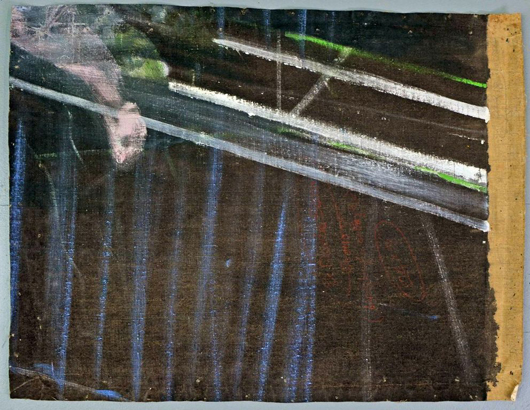
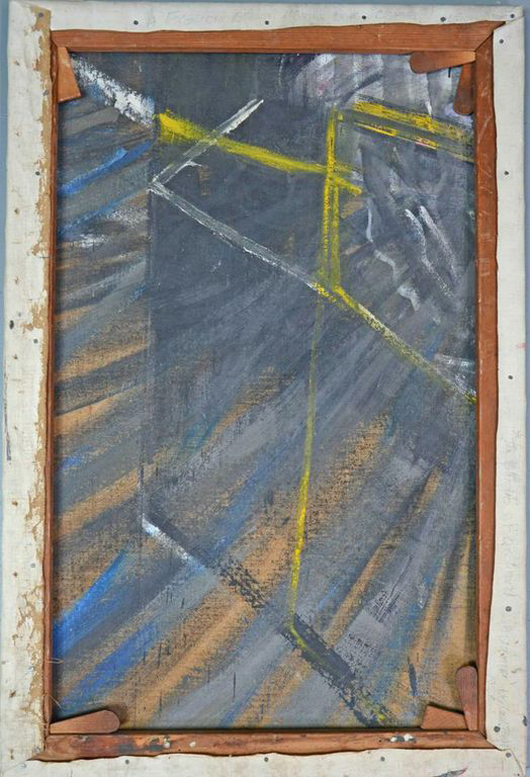

 Originally priced at 7s 6d (the equivalent of 37 pence sterling in today’s currency), the hammer fell at £7,000 ($10,640), a price that may send many adults scampering into their attics to search for their own long-neglected copies. Condition is everything, however.
Originally priced at 7s 6d (the equivalent of 37 pence sterling in today’s currency), the hammer fell at £7,000 ($10,640), a price that may send many adults scampering into their attics to search for their own long-neglected copies. Condition is everything, however.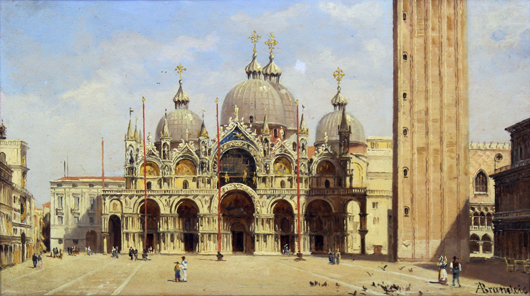

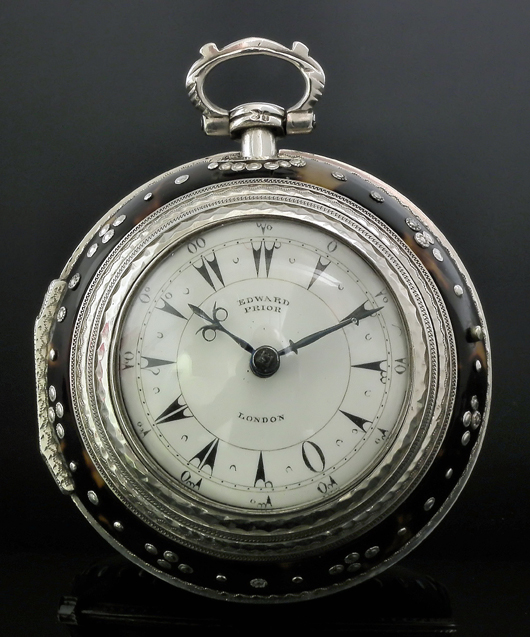
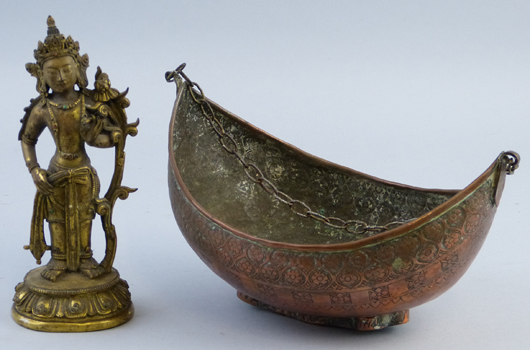
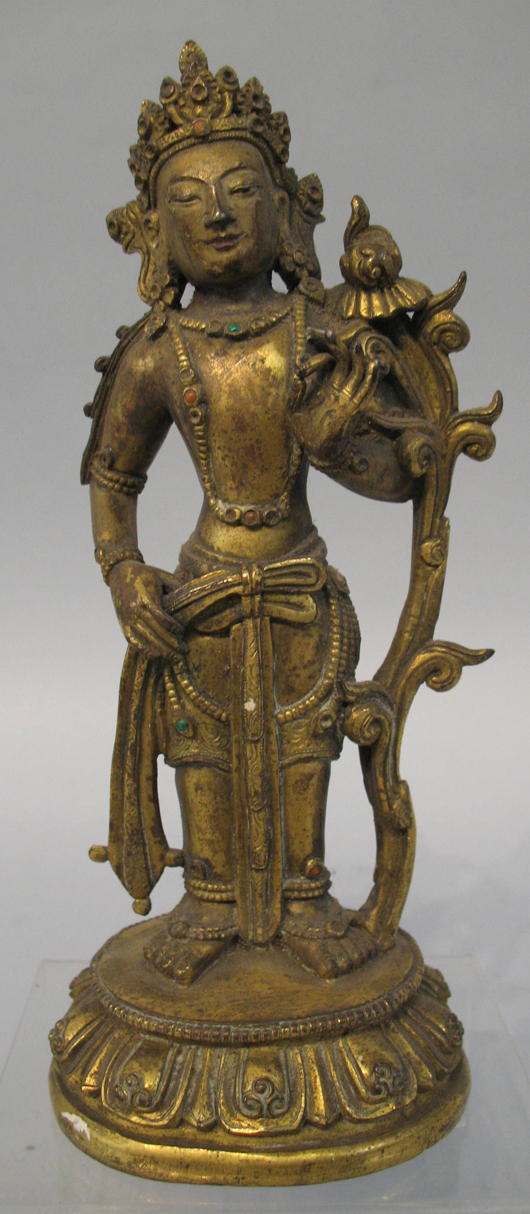
.jpg)
